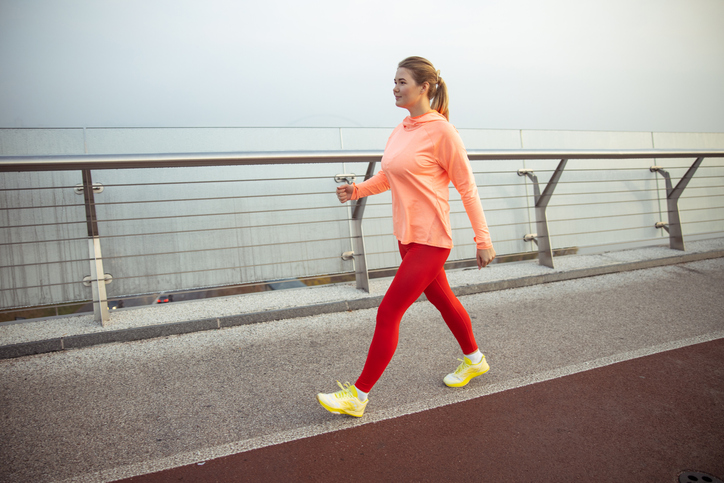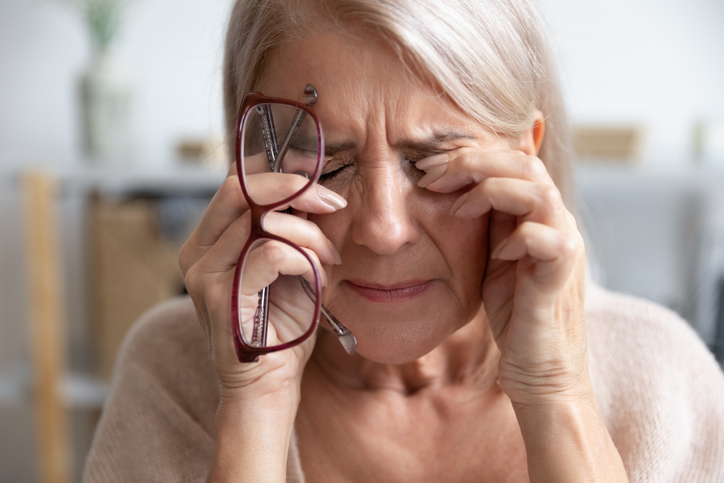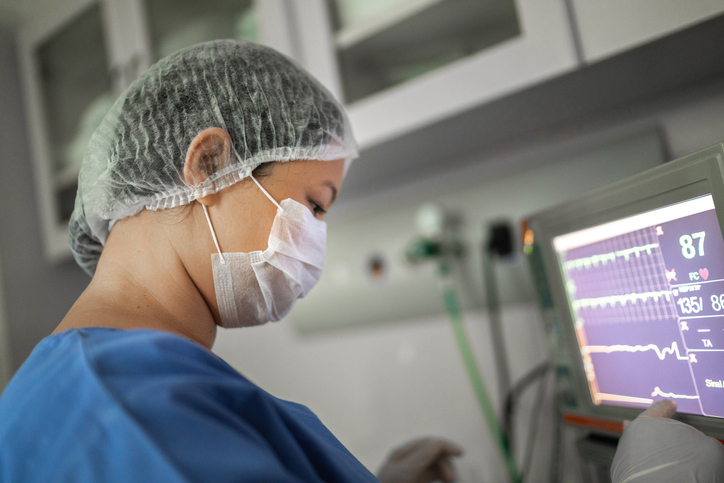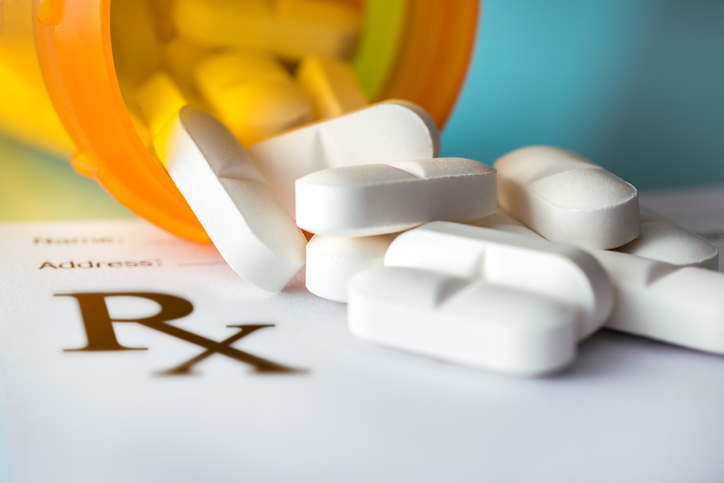Pain
At-Home Treatments for Postural Orthostatic Tachycardia Syndrome (POTS)

24 people found this helpful
Print
Share
Save
What is postural orthostatic tachycardia syndrome?
Postural orthostatic tachycardia syndrome (POTS) is a type of dysautonomia characterized by reduced blood circulation when standing upright from a reclining position.
Options for at-home treatment
Individuals with POTS have several options for at-home treatment:
- Engaging in physical activity
Physical activity is key in managing POTS and its symptoms. As POTS can cause blood pressure to drop, a modest walking program is a good choice. Gently squeezing the muscles is also helpful as it improves circulation; this can be done in a seated or reclined position. Aquatic exercises are also beneficial in relieving POTS symptoms and promoting balance. Exercise can be gradually increased as blood circulation improves. A doctor should be consulted about the most appropriate exercises for each individual. - Wearing compression stockings
Compression stockings assist blood flow from lower to upper extremities. This alleviates blood from pooling in the lower legs and helps prevent blood pressure drops. - Monitoring blood pressure
A blood pressure monitor can be purchased at most pharmacies, drug stores or online. It is important to check and make a note of blood pressure readings throughout the day. Keeping a record of blood pressure readings is helpful to both the individual and their health care team as times and patterns of low blood pressure can be identified. - Maintaining proper nutrition
Proper nutrition can aid with POTS symptoms, such as nausea, constipation and diarrhea. Five servings of fruits and/or vegetables should be consumed daily. Meals should be small but frequent. Individuals with POTS should avoid processed foods as much as possible. Gluten and dairy products could worsen symptoms, so keeping a food diary to identify possible food triggers is beneficial.
Protein and hydration are also essential for individuals living with POTS. Drinking 2-2.5 liters of water per day can improve symptoms. Caffeine and high-energy drinks should be limited or avoided. High fiber and complex carbohydrates help to balance blood sugar levels, so they are a better choice than simple carbohydrates. Salt intake should be between 3,000 mg and 10,000 mg per day. - Managing stress
Various stress management techniques can be done in the comfort of one’s own home. Pleasant, enjoyable activities, such as listening to music, reading a book, doing crafts or watching television, often ease stress and tension. Meditation refocuses attention from stress and negative thoughts. Yoga helps individuals focus on inner peace. Yoga exercises should concentrate on tension reduction rather than intense stretching due to a possible drop in blood pressure when performing yoga poses. - Getting enough sleep
The physical symptoms of POTS hinders sleep in many individuals. Getting seven to ten hours of sleep per night can lessen symptoms. Maintaining a sleep schedule by going to bed and getting up at a certain time each day promotes healthy sleep. Naps can interfere with keeping a normal sleeping schedule, so limiting them is recommended. Television, computers, tablets and smartphones should be avoided for at least an hour before bedtime. Caffeine intake should be limited throughout the day and avoided completely after 2:00 p.m. - Taking over-the-counter medications
An over-the-counter non-steroidal anti-inflammatory drug (NSAID), such as naproxen, may help symptoms of POTS by reducing prostaglandin which decreases blood pressure.















